Home>Maintenance & Safety>Safety Equipment & Products>What Is A Fire Blanket Used For?
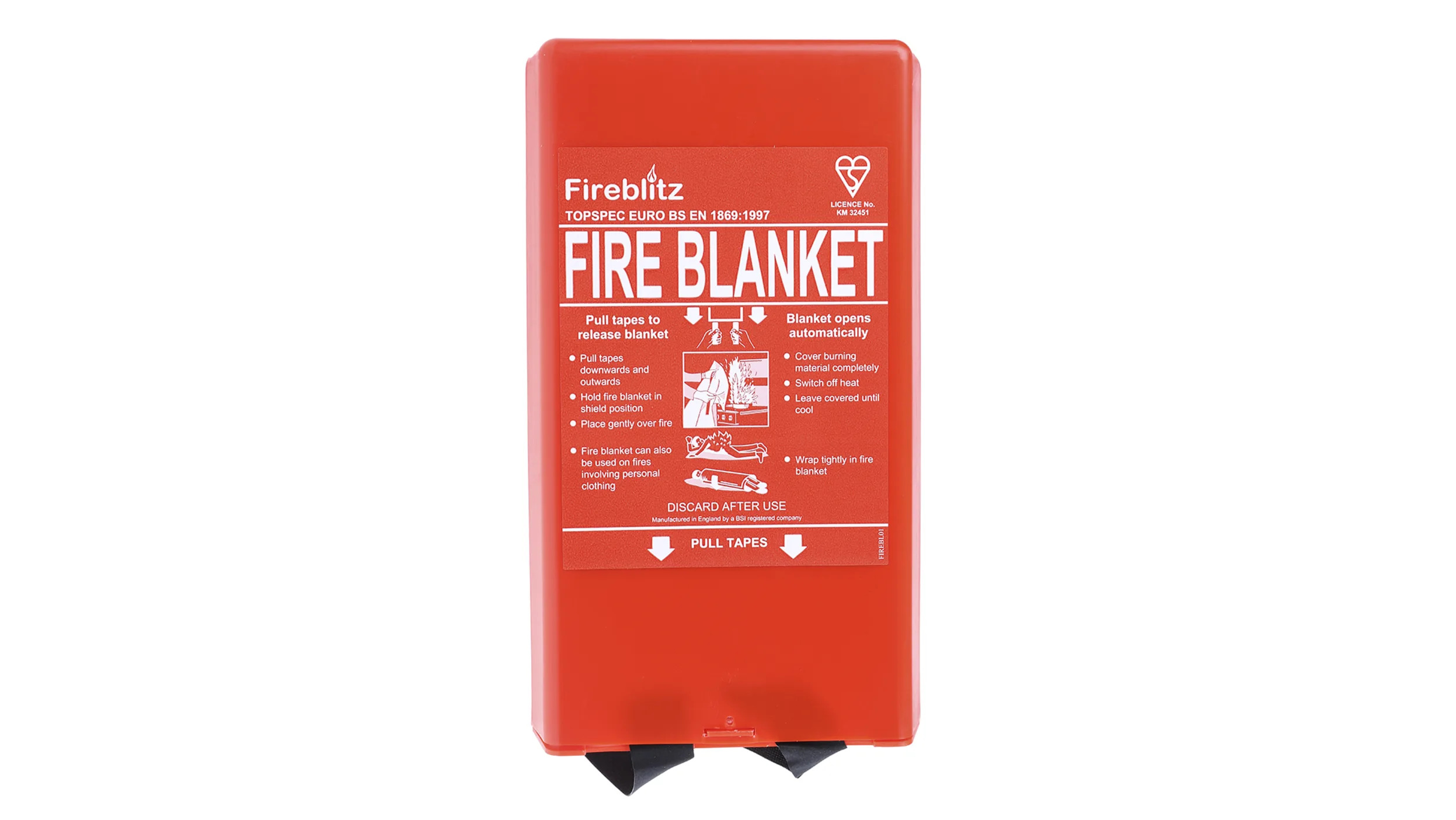

Safety Equipment & Products
What Is A Fire Blanket Used For?
Modified: February 18, 2024
Discover the importance of fire blankets as essential safety equipment and products. Learn how to use them effectively for fire protection and safety.
(Many of the links in this article redirect to a specific reviewed product. Your purchase of these products through affiliate links helps to generate commission for Storables.com, at no extra cost. Learn more)
Introduction
Fire safety is a critical aspect of any home or workplace, and being prepared for potential emergencies is paramount. While fire extinguishers are commonly known as an essential tool for fire safety, fire blankets are equally indispensable. In this article, we will delve into the world of fire blankets, exploring their uses, functionality, and the various scenarios in which they can be a lifesaving asset.
Understanding the role of a fire blanket in fire safety is essential for ensuring comprehensive preparedness. Whether you're a homeowner, a business owner, or a safety-conscious individual, knowing how to effectively utilize a fire blanket can make a significant difference in the event of a fire emergency. Let's embark on a journey to uncover the significance of fire blankets and how they contribute to safeguarding lives and property.
Key Takeaways:
- Fire blankets are essential for quickly extinguishing small fires in kitchens, workshops, and more. They work by smothering the flames, making them a versatile and user-friendly tool for fire safety.
- By using fire blankets, individuals and organizations can enhance their fire safety protocols, protect lives, and minimize the impact of small fires. They are non-toxic, easy to use, and complement traditional fire extinguishers.
Read more: What Is A Fire Blanket Used For
What is a Fire Blanket?
A fire blanket is a highly flame-resistant safety device designed to extinguish small incipient (starting) fires. It is composed of a fire-retardant fabric that is placed over a fire to smother it, thereby eliminating the oxygen supply and extinguishing the flames. The fabric used in fire blankets is specially treated to withstand high temperatures and prevent it from catching fire itself, allowing it to be safely used in emergency situations.
Fire blankets come in various sizes, from small, portable versions suitable for kitchen use to larger blankets intended for industrial or commercial settings. They are an essential component of fire safety equipment and are particularly effective for dealing with fires involving cooking oils, small electrical fires, or clothing fires.
One of the key features of fire blankets is their simplicity and ease of use, making them accessible to individuals of all ages and levels of fire safety knowledge. They are typically stored in a quick-release pouch or container, allowing for swift deployment in the event of a fire emergency.
How Does a Fire Blanket Work?
A fire blanket functions by cutting off the fire’s oxygen supply, thereby extinguishing the flames. When a fire breaks out, placing the fire blanket over the flames suffocates the fire by depriving it of the oxygen it needs to sustain itself. This method of extinguishing fires is known as smothering, and it is highly effective for containing small fires and preventing them from spreading.
The fire-resistant fabric of the blanket is crucial to its functionality. This specialized material is designed to withstand intense heat and is non-combustible, ensuring that it does not ignite when placed over a fire. The ability of the fabric to withstand high temperatures is essential for safely containing and extinguishing the fire without posing a risk of the blanket itself catching fire.
When the fire blanket is placed over the flames, it creates a barrier between the fire and the surrounding environment, preventing the fire from spreading and causing further damage. This containment is particularly valuable in scenarios such as kitchen fires, where the use of water or traditional extinguishers may not be advisable due to the presence of grease or oil.
Furthermore, fire blankets are effective in shielding individuals from the heat and flames, providing a means of protection while they evacuate the area or assist others in doing so. This dual functionality as both a fire-suppression tool and a protective barrier underscores the versatility and importance of fire blankets in fire safety protocols.
Types of Fires a Fire Blanket Can Extinguish
Fire blankets are versatile safety tools capable of extinguishing various types of fires. Understanding the specific fire classes that a fire blanket can effectively combat is essential for maximizing its utility in diverse emergency situations. The following are the primary types of fires that a fire blanket can extinguish:
- Class A Fires: These fires involve common combustible materials such as wood, paper, fabric, and certain plastics. Fire blankets are effective in smothering Class A fires, depriving them of oxygen and halting their progression.
- Class B Fires: Class B fires encompass flammable liquids and gases, including gasoline, oil, grease, and solvents. Fire blankets are invaluable for containing and extinguishing small Class B fires, particularly in kitchen environments where cooking oils are prevalent.
- Class F Fires: Class F fires specifically pertain to cooking oils and fats. Fire blankets are well-suited for addressing these high-temperature fires, as they can be used to swiftly smother the flames and prevent the situation from escalating.
- Electrical Fires: Fires involving live electrical equipment necessitate specialized suppression methods to avoid the risk of electrical shock. Fire blankets provide a safe means of extinguishing small electrical fires by cutting off the oxygen supply without conducting electricity.
- Clothing Fires: In the event of a clothing fire, a fire blanket can be swiftly deployed to smother the flames, protecting the individual and preventing the fire from spreading to surrounding objects.
By encompassing a broad spectrum of fire classes, fire blankets offer a comprehensive solution for addressing a wide range of potential fire hazards. Their ability to effectively combat diverse fire types underscores their significance as an essential component of fire safety preparedness.
A fire blanket is used to smother small fires by cutting off the fire’s oxygen supply. It can also be used to wrap around a person whose clothes are on fire to extinguish the flames.
How to Use a Fire Blanket
Using a fire blanket effectively requires swift action and a clear understanding of the proper deployment technique. When faced with a small incipient fire, following these steps can help ensure the safe and efficient use of a fire blanket:
- Retrieve the Fire Blanket: When a fire breaks out, immediately retrieve the fire blanket from its storage location. Fire blankets are typically housed in quick-release containers or pouches for easy access.
- Protect Yourself: Before approaching the fire, ensure your safety by standing clear of smoke and flames. If the fire is spreading rapidly or is beyond a manageable size, evacuate the area and contact emergency services.
- Unfurl the Blanket: Carefully unfurl the fire blanket to its full size, ensuring that it is free of any folds or obstructions that could impede its deployment over the fire.
- Approach the Fire: Approach the fire cautiously, keeping a safe distance and avoiding direct contact with the flames. Hold the fire blanket by its edges to shield your hands from the heat.
- Cover the Fire: Gently drape the fire blanket over the flames, starting from the near edge and gradually extending it to cover the entire burning area. Ensure that the blanket completely covers the fire to cut off its oxygen supply.
- Seal the Edges: Once the fire is covered, use a sweeping motion to tuck the edges of the blanket under the burning material, creating a sealed environment that prevents the fire from reigniting.
- Leave the Blanket in Place: After the fire is extinguished, leave the fire blanket in position for a sufficient duration to ensure that the embers are completely smothered and the risk of reignition is minimized.
- Seek Professional Assistance: Even after using a fire blanket to extinguish a small fire, it is crucial to seek professional assessment of the area to confirm that the fire is fully extinguished and that there are no lingering hazards.
By adhering to these steps and exercising caution, individuals can effectively utilize fire blankets to suppress small fires and mitigate the potential damage and risk associated with fire emergencies.
Read more: How To Use A Fire Blanket
Where to Use a Fire Blanket
Fire blankets are versatile safety devices that can be strategically positioned in various settings to enhance fire safety preparedness. Understanding the optimal locations for deploying fire blankets is crucial for ensuring their accessibility and effectiveness in the event of a fire emergency. The following are key environments where fire blankets should be readily available:
- Kitchens: The kitchen is a primary location for fire blanket placement, particularly in residential settings and commercial establishments with cooking facilities. Given the prevalence of cooking-related fires involving oils, grease, and other flammable substances, having a fire blanket within easy reach can facilitate swift response to stovetop fires and other kitchen-related fire incidents.
- Laboratories and Workshops: Environments where flammable chemicals, solvents, or industrial processes are present benefit from the presence of fire blankets. They provide an additional layer of fire safety alongside other safety measures and fire suppression systems.
- Manufacturing Facilities: Industrial settings, including manufacturing plants and warehouses, can benefit from strategically positioned fire blankets to address small fires that may arise during production processes or due to electrical equipment malfunctions.
- Commercial Buildings: Fire blankets should be incorporated into the fire safety infrastructure of commercial buildings, including offices, retail spaces, and public facilities. Placing fire blankets in accessible locations complements existing fire extinguisher systems and enhances the overall fire safety preparedness of the premises.
- Residential Spaces: In homes and residential properties, fire blankets are valuable additions to fire safety measures, especially in areas where there is a higher risk of fire incidents, such as kitchens, workshops, or areas with electrical appliances.
- Recreational Vehicles and Boats: Fire blankets are essential safety components in recreational vehicles, boats, and other confined spaces where the risk of fires may be heightened due to the presence of cooking facilities or electrical systems.
By strategically situating fire blankets in these environments, individuals and organizations can bolster their fire safety protocols and enhance their ability to respond effectively to small fires, thereby minimizing the potential impact of fire-related incidents.
Benefits of Using a Fire Blanket
Utilizing fire blankets as part of fire safety protocols offers a multitude of benefits, contributing to enhanced preparedness and the ability to effectively address small fires. The following advantages underscore the significance of incorporating fire blankets into fire safety measures:
- Rapid Fire Suppression: Fire blankets provide a swift and efficient method for extinguishing small fires, minimizing the potential for fire escalation and the associated damage.
- Enhanced Safety: By smothering flames and creating a barrier between individuals and the fire, fire blankets offer a means of protection and facilitate safe evacuation from the vicinity of the fire.
- Versatility: Fire blankets are effective for combating various types of fires, including those involving cooking oils, flammable liquids, and electrical equipment, making them a versatile fire suppression tool.
- User-Friendly Design: Fire blankets are designed for ease of use by individuals of all ages and levels of fire safety knowledge, enabling swift deployment in emergency situations.
- Prevention of Fire Spread: When promptly applied over a small fire, fire blankets effectively contain the flames, preventing the fire from spreading to surrounding materials and minimizing the risk of property damage.
- Non-Toxic Extinguishing Method: Unlike certain fire suppression agents, fire blankets do not release harmful chemicals or by-products when used, making them a non-toxic option for fire control.
- Minimal Cleanup: Extinguishing a fire with a fire blanket typically results in minimal residual mess, simplifying the post-fire cleanup process.
- Complement to Fire Extinguishers: Fire blankets complement traditional fire extinguishers and can serve as an additional layer of fire suppression capability in diverse settings.
- Reliable Fire Safety Provision: By incorporating fire blankets into fire safety plans, individuals and organizations enhance their overall preparedness for fire emergencies and improve their ability to respond effectively to incipient fires.
These benefits collectively underscore the valuable role of fire blankets in fire safety measures, empowering individuals and organizations to proactively address fire hazards and mitigate the potential impact of small fires.
Conclusion
Fire blankets are indispensable assets in fire safety preparedness, offering a versatile and effective means of addressing small incipient fires across diverse environments. Their simplicity, ease of use, and ability to combat various types of fires make them a valuable addition to the fire safety infrastructure of homes, workplaces, and public spaces.
By understanding the functionality and benefits of fire blankets, individuals and organizations can bolster their fire safety protocols and enhance their capacity to respond swiftly and decisively to fire emergencies. Whether deployed in kitchens, workshops, commercial buildings, or recreational vehicles, fire blankets play a pivotal role in containing small fires, protecting individuals, and minimizing the potential impact of fire-related incidents.
As a complement to traditional fire extinguishers and other fire suppression systems, fire blankets offer an additional layer of preparedness, empowering individuals to address incipient fires with confidence and efficiency. Their non-toxic nature, minimal cleanup requirements, and user-friendly design further underscore their significance as essential fire safety tools.
In conclusion, the incorporation of fire blankets into fire safety measures represents a proactive and prudent approach to mitigating fire hazards and safeguarding lives and property. By recognizing the value of fire blankets and their role in fire safety, individuals and organizations can fortify their readiness for potential fire emergencies and contribute to a safer and more secure environment for all.
Frequently Asked Questions about What Is A Fire Blanket Used For?
Was this page helpful?
At Storables.com, we guarantee accurate and reliable information. Our content, validated by Expert Board Contributors, is crafted following stringent Editorial Policies. We're committed to providing you with well-researched, expert-backed insights for all your informational needs.
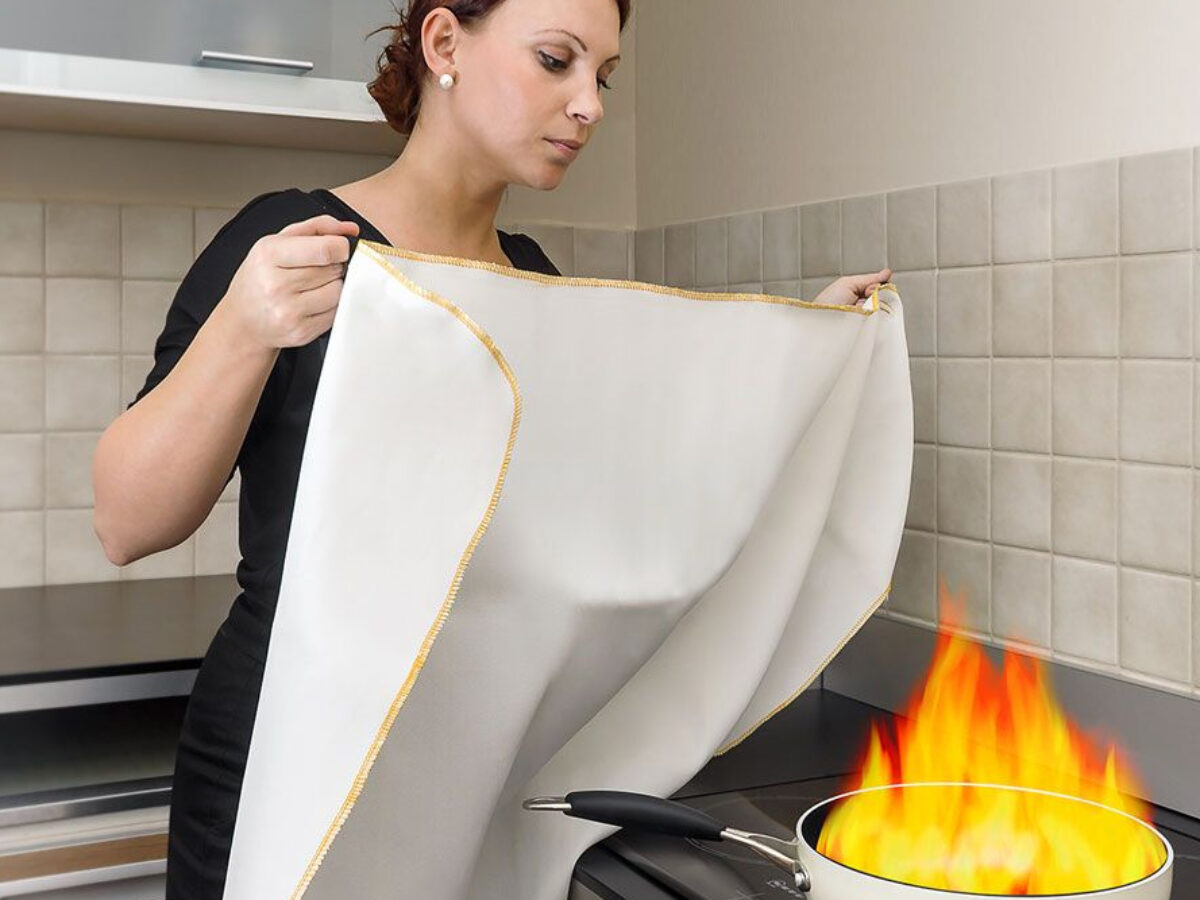

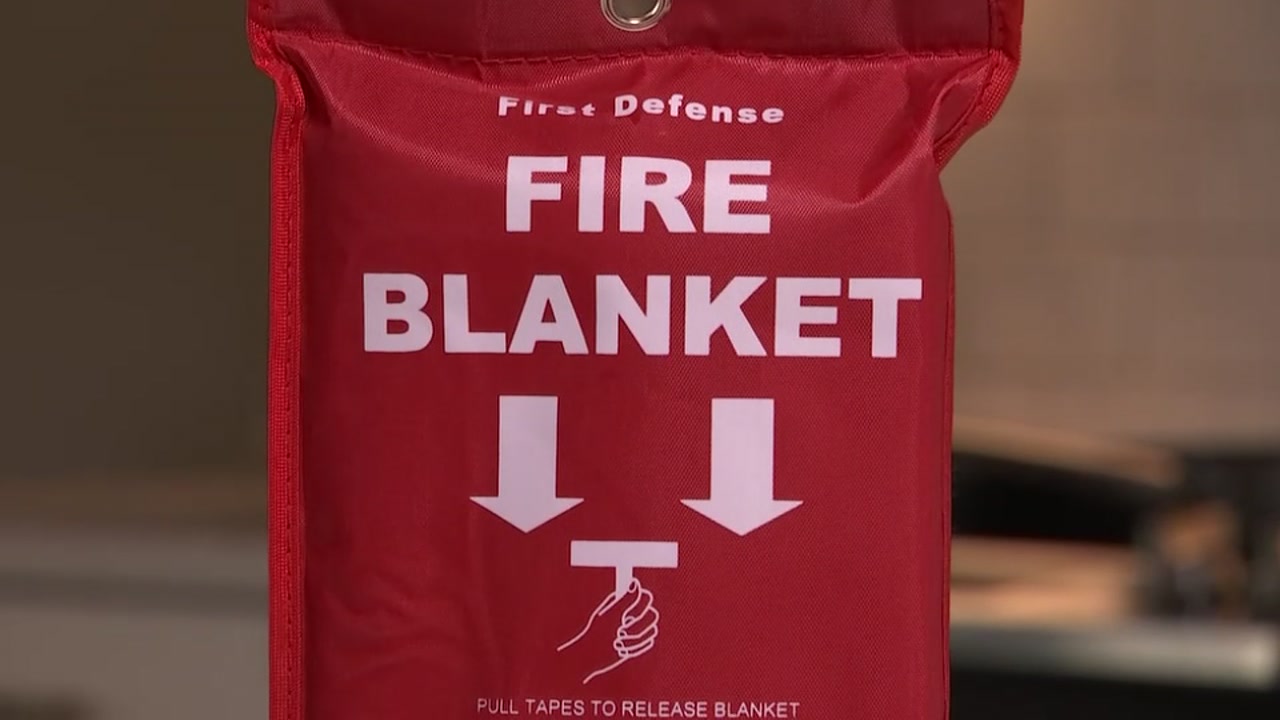
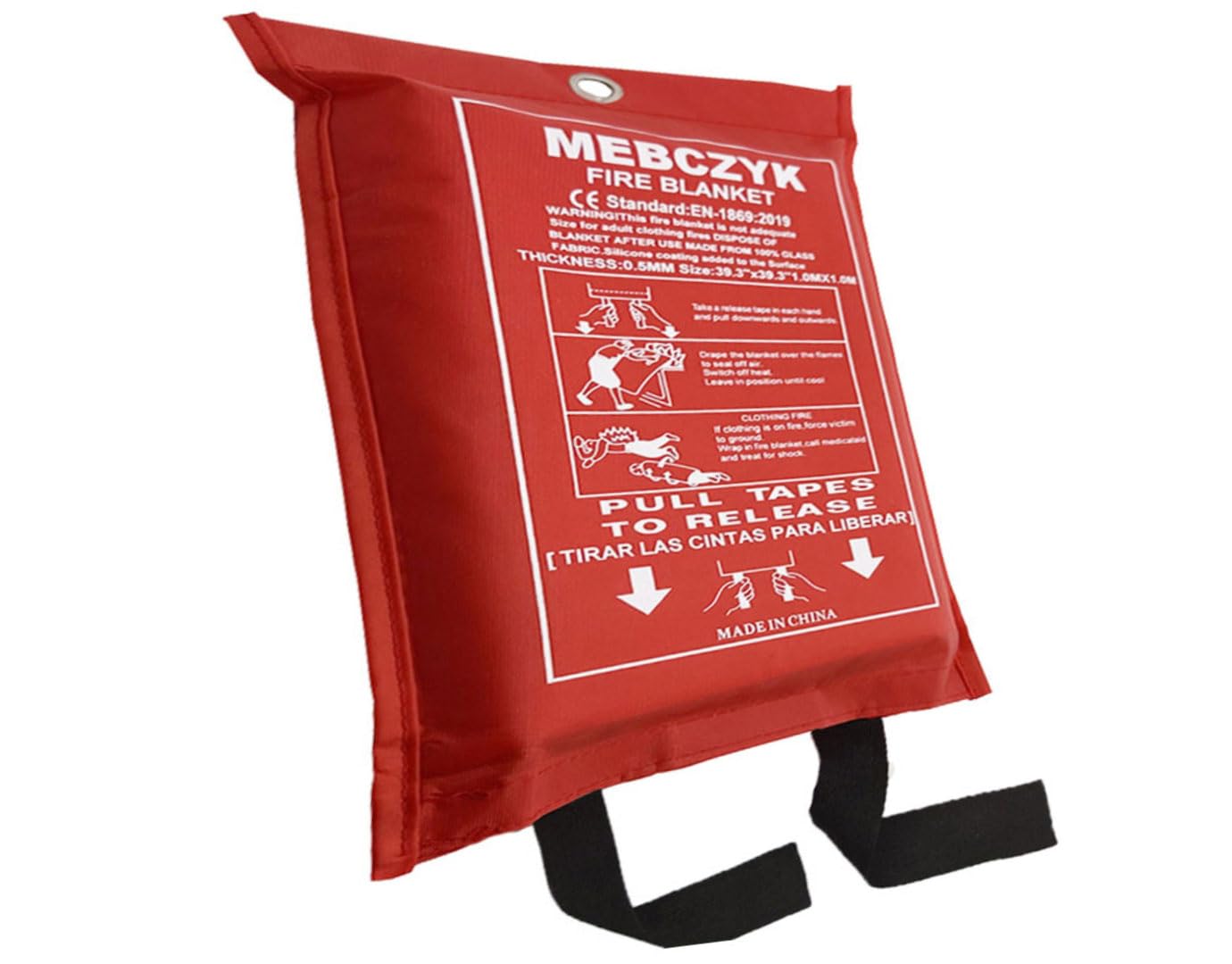
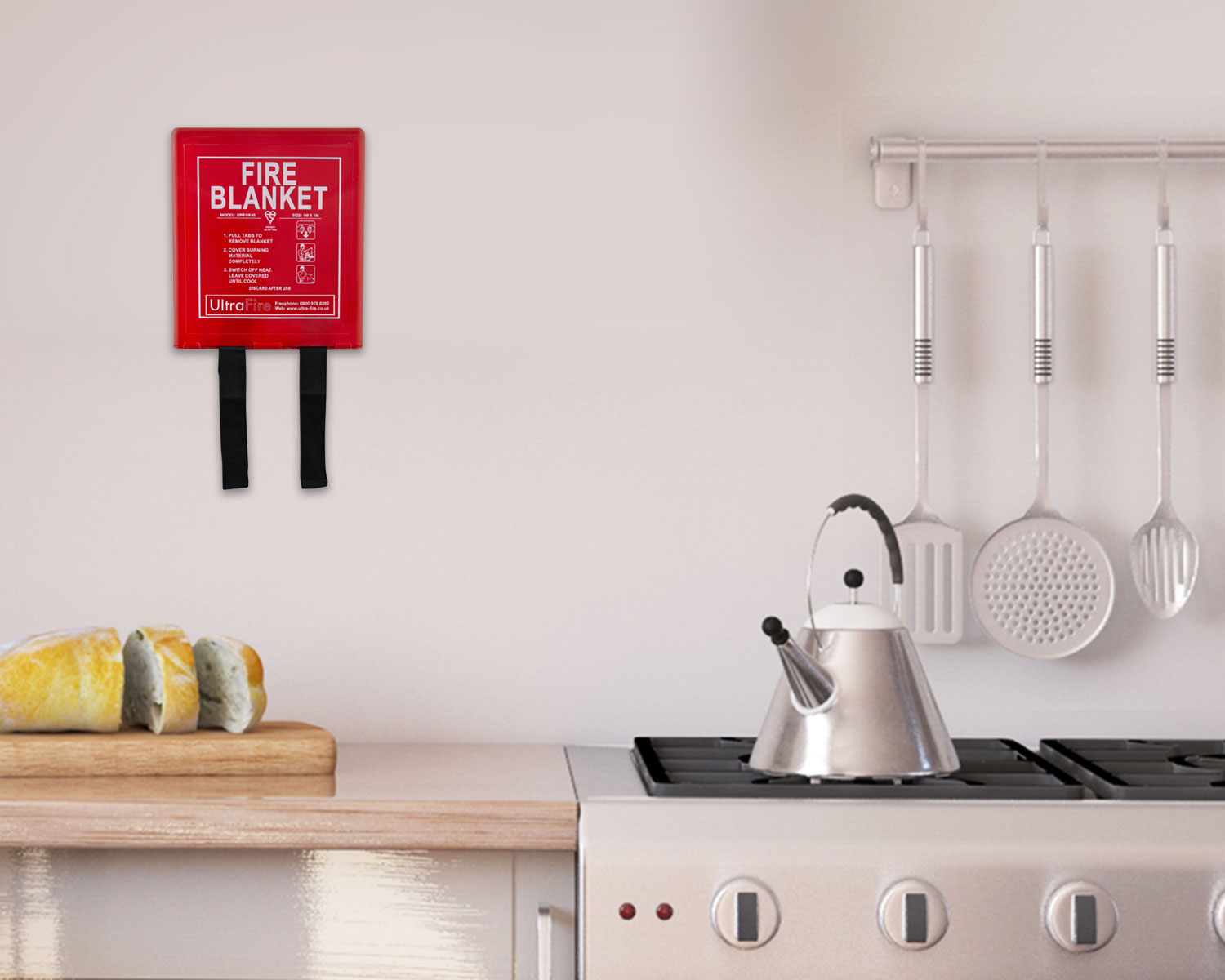
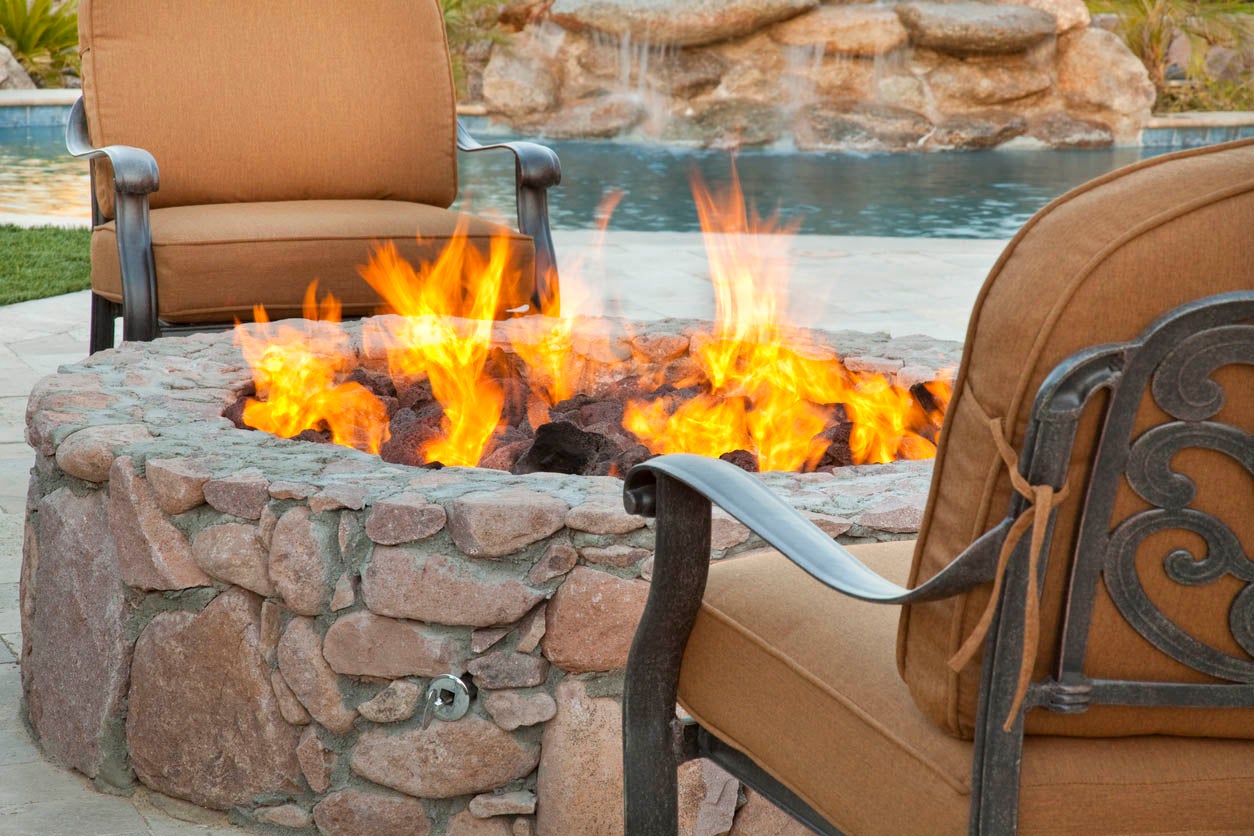
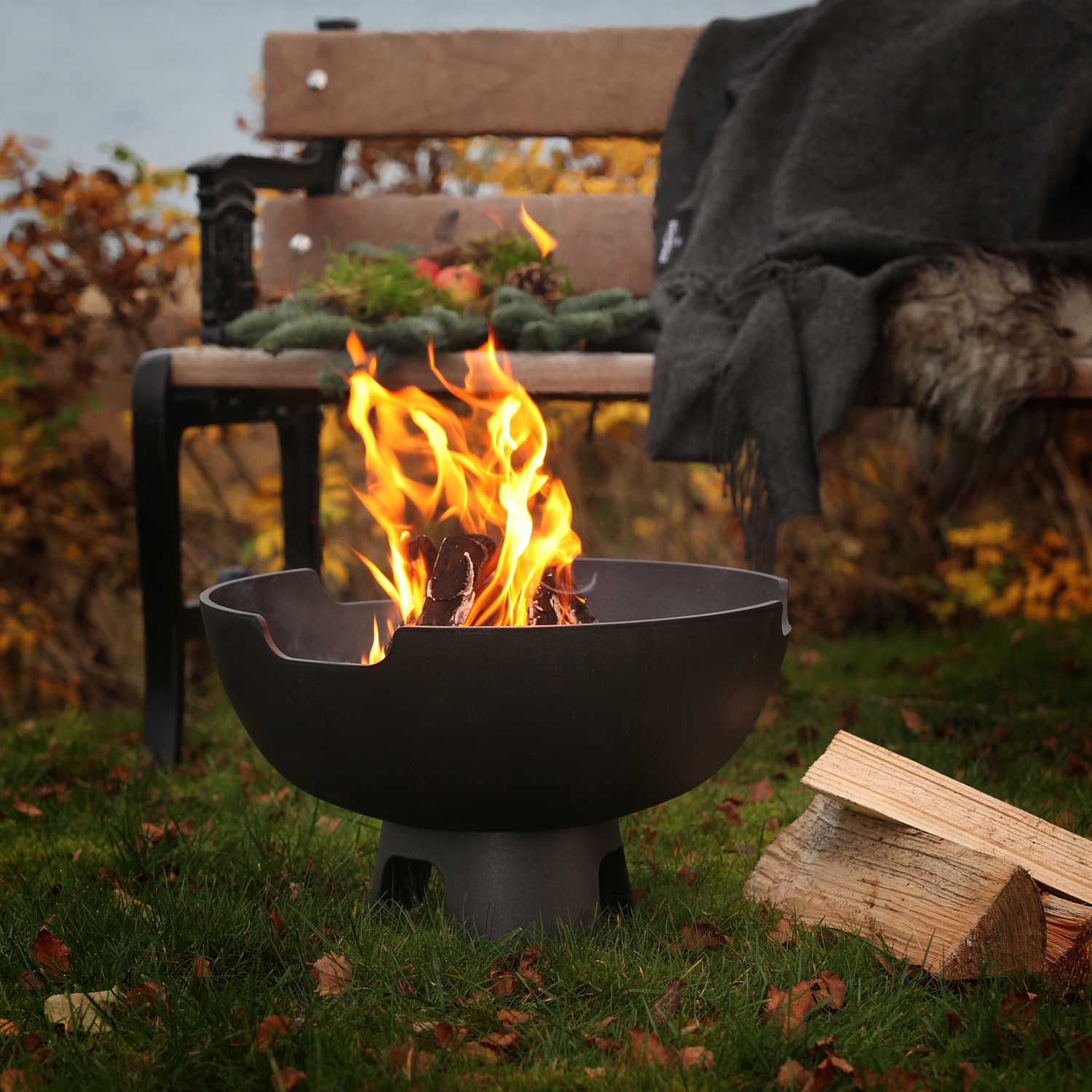

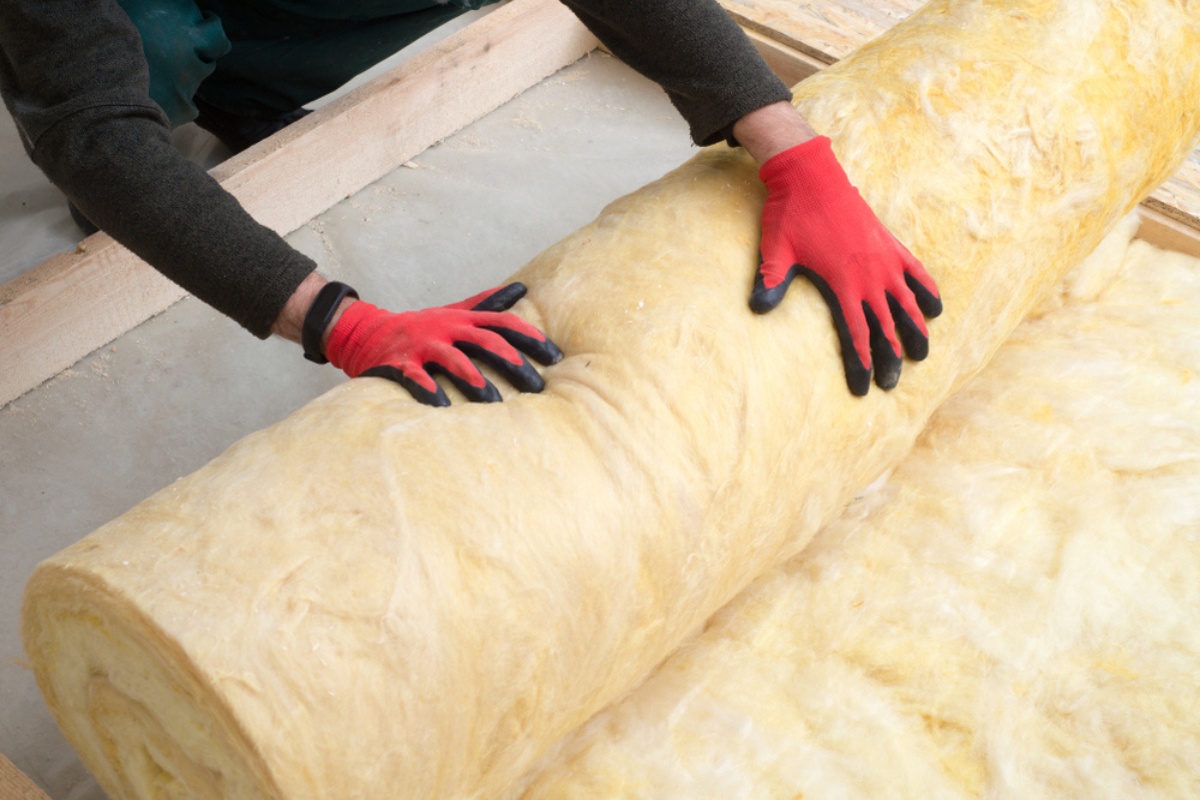



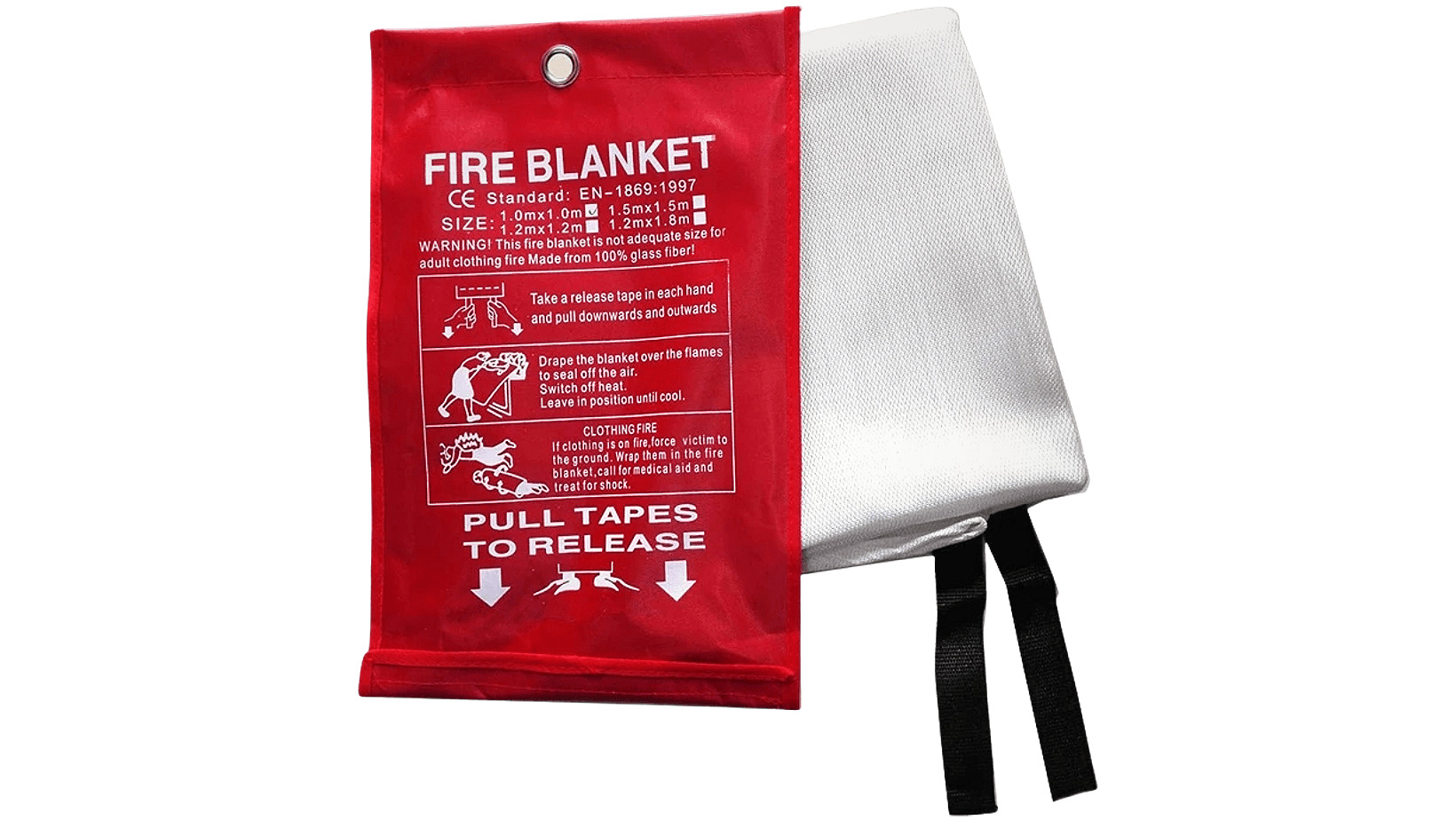
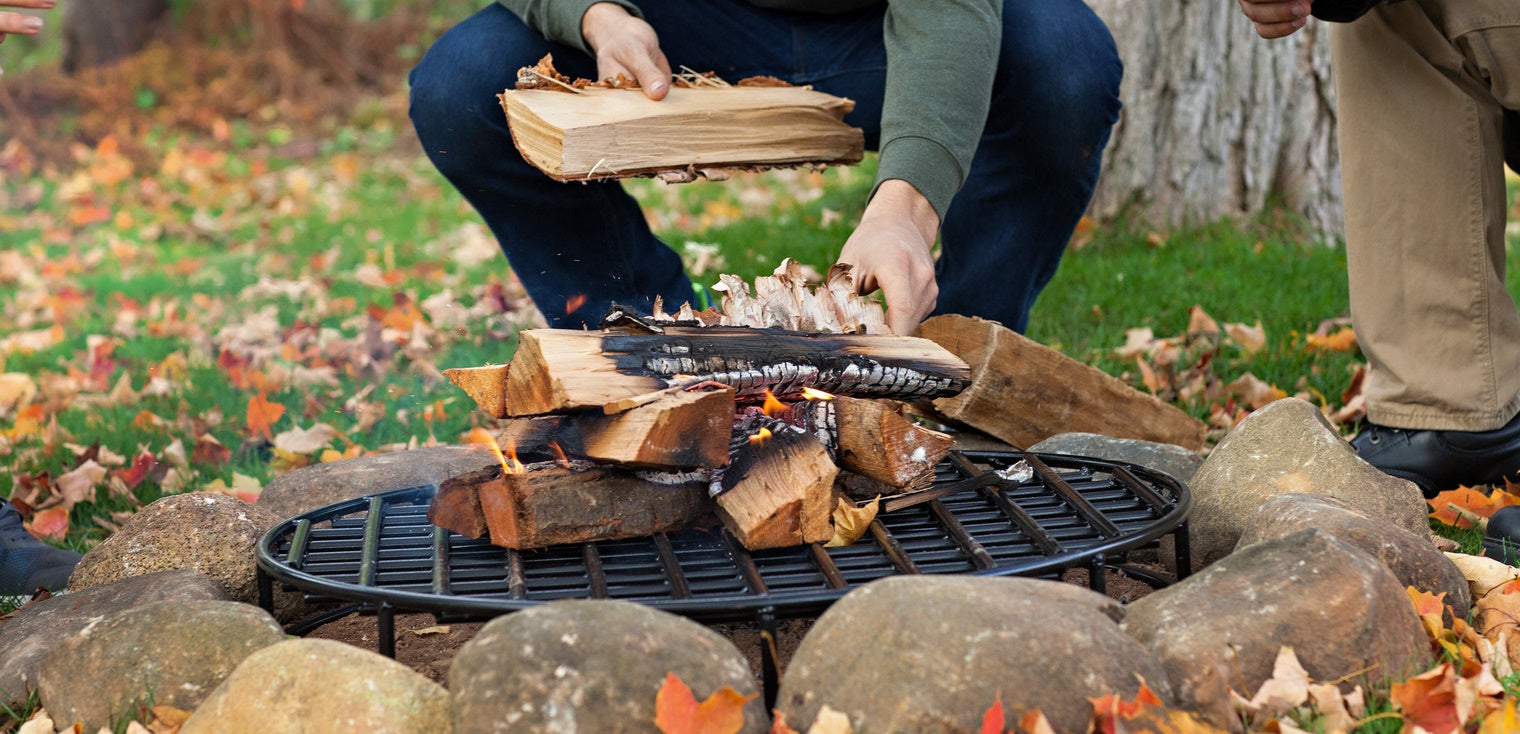

0 thoughts on “What Is A Fire Blanket Used For?”